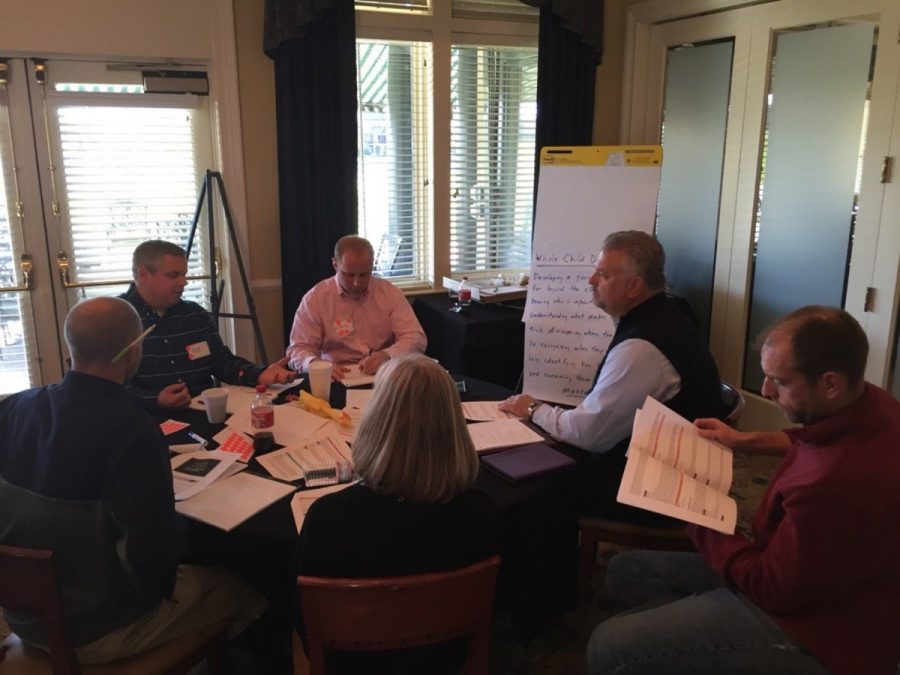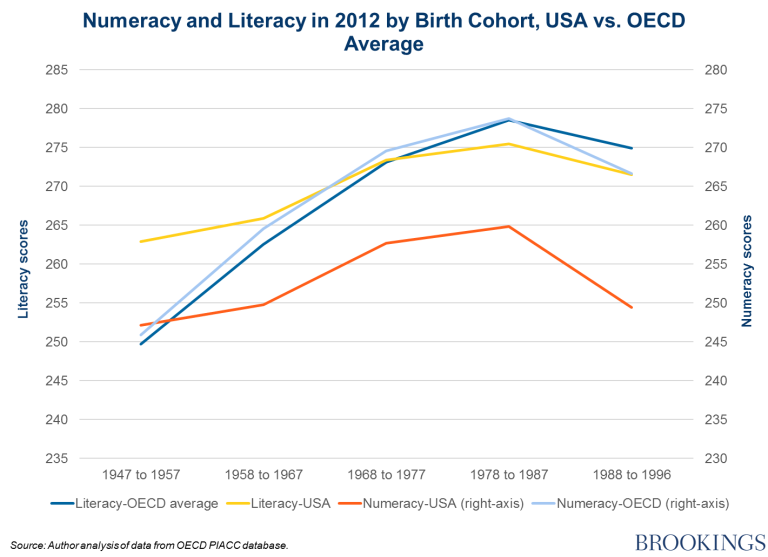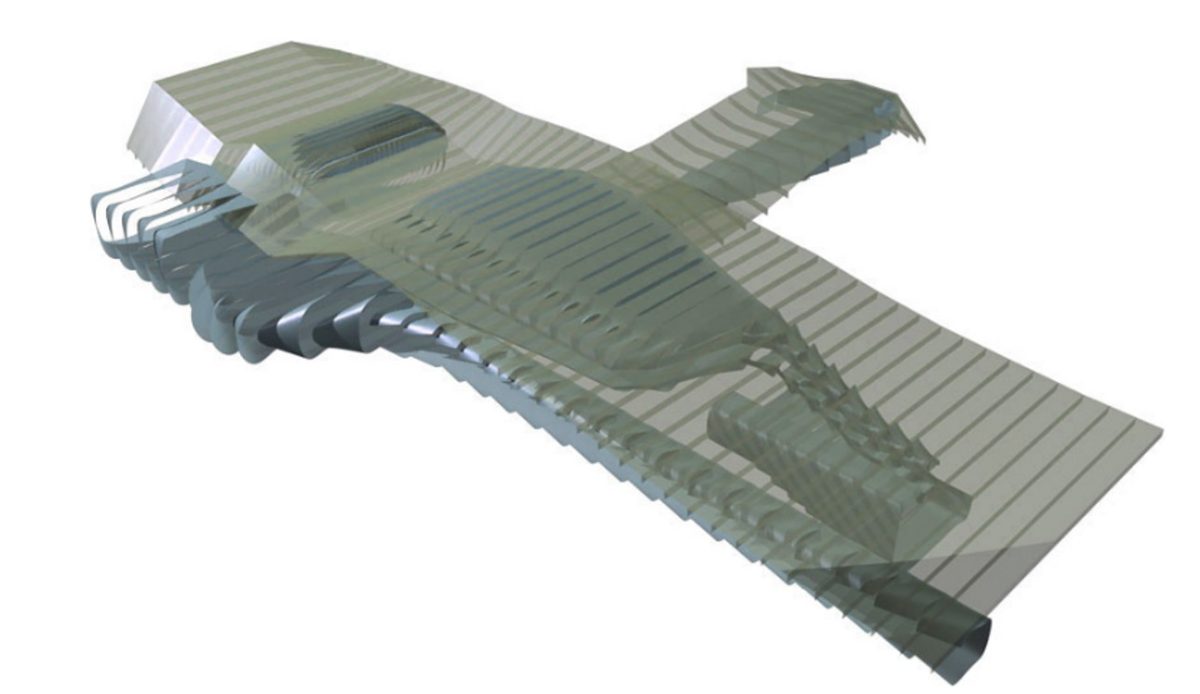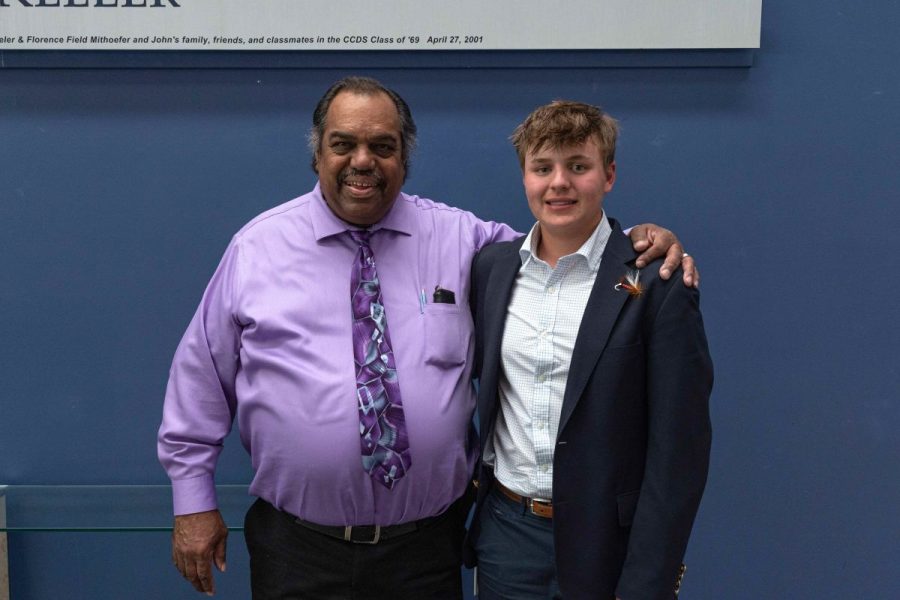By Margaret Hodson ’16, Editor-in-Chief
The major stakeholders in Cincinnati Country Day have begun developing a five-year long range plan (LRP) for the school. This plan, which will include specific goals and initiatives, will guide the school’s growth for the next five years. The process began in late October with a “transforum,” inspiration audits, and benchmarking. Community members then gathered for a retreat to group the information into 4 to 5 key pillars. Those pillars, roughly, are innovations in teaching and learning, creativity and entrepreneurship, global awareness and engagement, and a commitment to outdoor education and environmental stewardship. LRP committee members are breaking into subcommittees to do research on the pillars and come up with concrete plans and propositions. The committee hopes to have a finalized plan ready by late April or early May.
At public schools, long range planning is led by the school board. The school board is composed of elected government officials who must take into account educational requirements for curriculum or programs at the statewide level. As a private school, Country Day doesn’t have as many government-imposed guidelines or restrictions. Head of School Tony Jaccaci noted, “If you go to a public school, the government makes [many] decisions about the future of the school…at an independent school, because we are independent, we get a lot of freedom to make choices.” With this freedom comes great opportunity to plan out the future of the school. Mr. Jaccaci stressed that plans ultimately derive from the mission of the school. However, our school’s mission is short and succinct. It presents a general idea and vision for the school but lacks specifics. This is why a long range plan is necessary: to provide well-articulated goals and concrete plans.
Typically, long range plans are devised in concert with accreditation for the school. Although our ISACS accreditation occurred last year, former Head of School Dr. Rob Macrae and former President of the Board of Trustees Chip Pettengill ‘79 decided to put the process on hold. Instead, the task has been handed over to Mr. Jaccaci and the new President of the Board of Trustees, Mr. Jon Hall. Mr. Jaccaci and Mr. Hall are part of a five-person steering committee at the heart of the process. The other members are Upper School Mathematics Department Chair Mr. Greg Faulhaber, trustee Mrs. Jeanne Parlin, and trustee Mr. Tom Langlois ’77.
In addition to being a trustee, Mrs. Parlin is a mother of two children in the Lower School. Her husband, Mr. Graham Parlin, graduated from Country Day in 1994. Mr. Langlois has been involved with three previous long range plans and brings a wealth of experience. He served on the Board of Trustees from 2004 to 2010 and recently re-joined the board for a three-year term. His son, Thomas Langlois, graduated from Country Day in 2010 and went on to attend Georgetown University.
The long range planning process began in earnest with a “transforum.” The goal of the transforum was to brainstorm and gather a wide range of ideas from varied sources. It was facilitated by an online platform in which the identity of participants remained anonymous. Overall, about 70-80 people participated in the transforum, which occurred for about 8 days in late October. 70% of the participants were members of the Country Day community including teachers from all divisions, trustees, parents, alumni, and administrators. An email was sent to Country Day teachers soliciting participation and anyone who wanted to participate was welcome to do so. About 35-40 teachers across divisions took up the offer. The trustee participants came from the trustees on the long range planning committee. The alumni and parent participants came from the Alumni Council and Parent’s Association respectively. The other 30% of participants were not affiliated with Country Day. They included educators from different schools, local businessmen and women and individuals with backgrounds in social justice, law enforcement, religion, and music.
The participants were randomly divided into two groups, a “Blue Team” and a “Red Team.” This is because the software was designed to handle groups with a maximum of 40 people. The facilitators of the transforum had “leading questions,” but participants were free to post any and all ideas. Other members could comment and “build-out” on these ideas as a way to share feedback and offer suggestions. A total of around 170 ideas were proffered that participants then built-out upon. Mr. Jaccaci noted, “If [an idea] had a lot of build-out, that usually meant people got excited about it.”
Overwhelmingly, participants felt the transforum was a successful method for getting ideas into the open. Mrs. Parlin noted, “What was particularly productive about [the transforum] is that it allowed each participant to have an anonymous and objective voice in the conversation. By creating a screen name, participants were involved in conversation without bias or scrutiny.” Mr. Faulhaber concurred: “I thought it was a really effective way of getting ideas, because people could express what they wanted to express without being judged on who they were.” Participants found that along with the anonymity, having outside voices to be another strength.
In previous long range plans, few voices outside of Country Day have been included. Although soliciting input from outside entities is unprecedented, it proved successful in broadening the perspective of Country Day community members. Mr. Jaccaci explained the rationale behind the decision, saying: “If you only have Country Day voices and ideas and minds, then you might not think widely enough or broadly enough about where the school might go…. I think it helped the 2/3 of the Country Day community to open their eyes a little more widely, or to think about something that they just hadn’t thought about before.” Mr. Langlois concurred, noting that a major strength of the transforum was the broad perspective it offered. Mr. Faulhaber explained: “Anytime you can widen the range of the ideas, you’re bound to come up with some that people in your core group just haven’t thought of. Sometimes when we ask just CCDS community members [for] ideas, sometimes people have a hard time getting out of the 45243 zip code.”
Out of the transforum came many ideas, big and small. Mr. Jaccaci admitted that “some [ideas] were totally wild, and some were kind of pedestrian.” Upper School History Teacher and transforum participant Mr. Black noted that while some of the ideas were “bizzare,” it still proved important to “let people express themselves,” as you never know what good ideas can come out of a suggestion that may originally seem outlandish. Some ideas included ways to improve swimming lessons, level the financial playing field, or make energy efficient future buildings. Other ideas proffered were putting a cell tower on campus as a way of raising money, teaching Chinese, starting a community garden, having students study abroad with CCDS alumni, and pairing students with local alumni and their businesses as part of an entrepreneurial program. None of these ideas are set in stone by any means. They are simply part of the 170 suggestions from the transforum that the steering committee used as a key input in developing 8-9 “pillars.”
The steering committee devised the pillars as a way to see broad themes and organize information. Aside from the transforum ideas, data from inspiration audits and benchmarking played an important role in shaping these pillars. The benchmarking metrics were statistics used to measure the success of the school including enrollment, endowment, and academic performance. It was important to get an idea of how Country Day is doing vis-à-vis other schools and use this information to help shape the pillars. In the inspiration audits, teachers were asked about “cool things happening at other schools with teaching and learning,” Mr. Jaccaci explained. Mr. Langlois said, “We basically asked the faculty, who are our strength, our real strength, when you get down to it, to tell us about what they think some other schools are doing really well.” Ideas came from all divisions and Mr. Langlois believes that “the inspiration audits were just as useful as the transforum for getting ideas.”
Four main criteria were considered when shaping the 8-9 key pillars. First, each pillar had to be distinct. It would be imprudent to have pillars so similar that the ideas seem inseparable. Second, affordability was factored in. Mr. Jaccaci quipped, “We can’t break the bank. It would be great to start a space station on Mars, but we can’t quite afford that.” All pillars also needed “CCDS DNA” and precedent at the school. Mr. Langlois said that the steering committee Co-Chairs asked, “Is this something we normally do, that ties into our roots?” Ideas with some sort of precedent at the school are more likely to have a smoother introduction and meet less resistance. CCDS DNA is also a necessary consideration in order to respect the traditions of the school. Mr. Jaccaci noted that the plan aims to strike a balance between the old and the new. Mrs. Parlin added, “It is important for Cincinnati Country Day School to be innovative yet remain true to its rich tradition for academic excellence.” The final criteria, explained Mr. Jaccaci, is that the pillar needed to be, “a big idea, that parents would say, ‘Wow, I want my kid to go to Country Day because they do that.’”
The pillars served as “key strategic areas” that were “presented for further analysis and discussion at the retreat,” according to Mrs. Parlin. The retreat was for the roughly 20 long range planning committee members and took place from November 13th-14th. The majority of the retreat participants were the Cabinet, trustees, and faculty representatives. Speaking of these participants, Mr. Langlois said, “These are people that care deeply about the school and have thought a long time about how to make it the best we can.” The Cabinet members are Head of Facilities Mike Busch, Head of Athletics Chris Milmoe, Head of Development Chris Woodside, Chief Financial Officer Todd Witt, Head of Admissions Aaron Kellenberger, Mr. Jaccaci, Assistant to the Head of School Ashley Ward, Lower School Head Jennifer Aquino, Middle School Head Theresa Hirschauer, and Upper School Head Stephanie Luebbers. The faculty representatives were Mrs. Suzy Smith from the Lower School, science teacher Mr. Casey Schnieber from the Middle School, and Mrs. Luebbers. Mr. Faulhaber was also in attendance as he is a Co-Chair of the steering committee. Additionally, a few parents attended the retreat.
At the retreat, the steering committee presented the 8-9 pillars they had crafted to the group at large. Speaking of the retreat, Mrs. Parlin said, “[It] was a huge success. The team was able to create, dialogue, debate and build consensus on key focus areas.” Throughout the day-and-a-half, a consensus formed around 4-5 of the pillars that people were most excited about. Those pillars, again, are innovations in teaching and learning, creativity and entrepreneurship, global awareness and engagement, and a commitment to outdoor education and environmental stewardship. Steering Committee Co-Chair Mr. Faulhaber explained, “Those are kind of the four big ideas we are heading towards right now, but that could change. Depending on what comes out of the next couple months of meetings, those can change.” Mr. Langlois added, “We didn’t kill any pillars at the retreat, but consensus sort of formed around 4 to 5 of them that people were most interested in.”
In the next couple of months, LRP committee members will be breaking down into 6 to 8 person subcommittees based around each pillar. These subcommittees will focus on doing more research and coming up with details about how the school could feasibly implement the pillars. Mr. Jaccaci explained the process as, “Taking it from the 30,000 foot view to much more concrete, actionable steps that then could be put into a plan.” He said that the hard work is really to come, as it is easy to come up with ideas but harder to make them a reality. Mr. Faulhaber added, “The initial process was really pie-in-the-sky; it was really think as broad as you want. Now we have to start thinking realistically…which ones are feasible and which ones are delusions of grandeur. Or are the ones [that are] delusions of grandeur perhaps what we really want to get into, and that’s where we are going to put all of the energy.” In this process, some ideas could get thrown out, and new ones could be formed. Speaking of the pillars, he continued, “It’s still very fluid. There’s nothing fixed in stone by any means yet. It’s just a matter of trying to figure out what’s going to be best for the school moving forward.”
As the long range planning process continues, input from the community will continue to be important. Mr. Langlois spoke of having open houses to hear feedback from various constituent groups including students and parents. Mr. Faulhaber said the committee may hold focus groups to get suggestions on the plans drawn up by the subcommittees. He said, “We want to make sure that everybody in the community has a say in some way, shape, or form as to what direction it goes.” As of yet students haven’t really been included in the process. However, Mr. Jaccaci said, “And students: I’d love to know your suggestions. We haven’t really gotten our hand around that one. That’s a voice that we haven’t heard yet, but I think that would be very important…I’m happy if someone has a great idea, or any input, to contact Mrs. Ward or myself as well.” For now, the committee will continue hashing out the details of the plan to be released by the end of the school year.
Image Source: @TonyJaccaci







